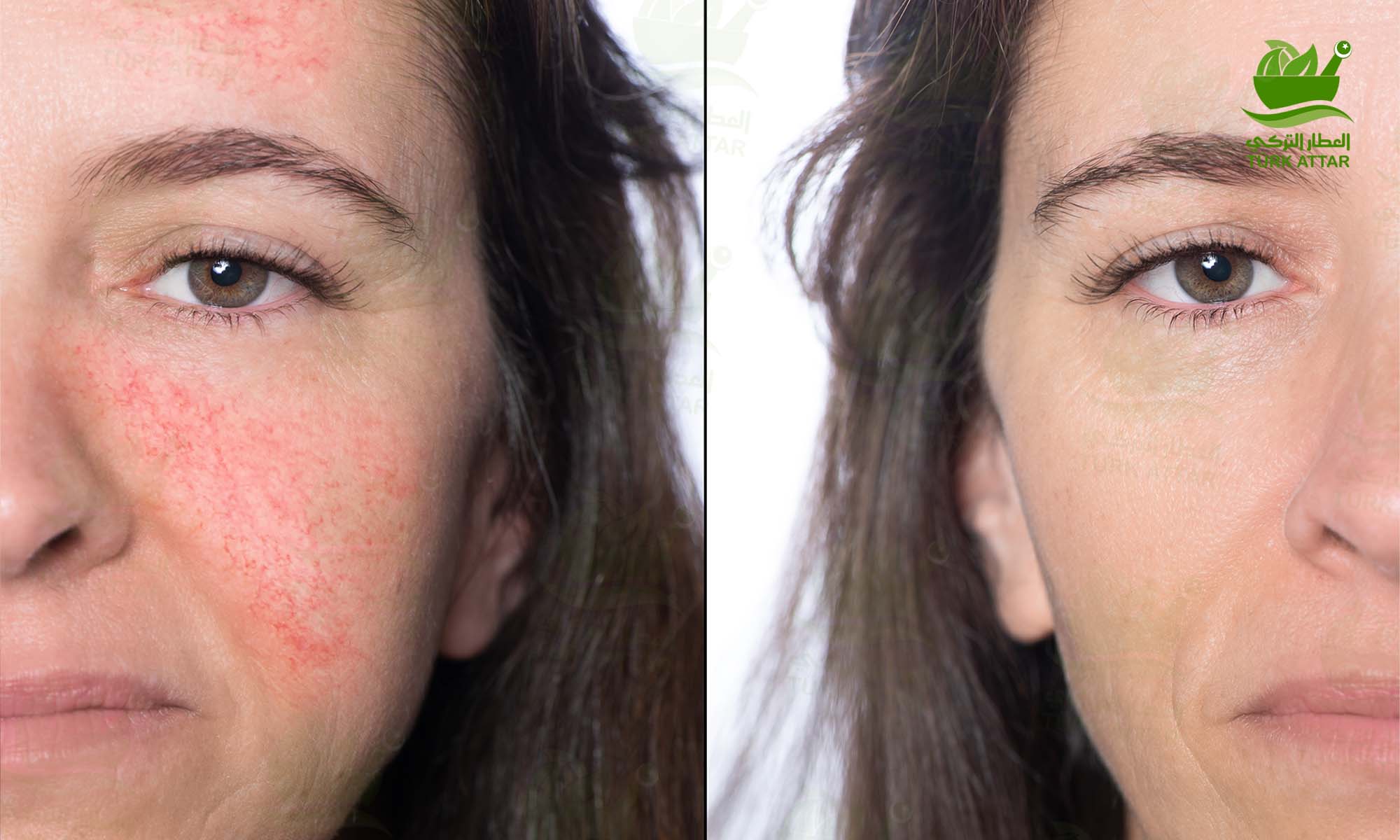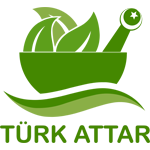
يتجلى هذا المرض، الذي يكون فعالاً بشكل خاص في فصل الربيع، في شكل بقع وردية. عادة ما يمكن علاج مرض الورد، وهو مرض غير معدي.
ما هو مرض "الوردية"؟
مرض الوردية هو حالة جلدية تسبب احمرار وبثور حمراء في منطقة الوجه. في المراحل المتقدمة، قد ينتشر إلى منطقة الصدر والظهر. مرض الورد هو مرض جلدي يظهر بشكل خاص لدى الأشخاص ذوي البشرة الفاتحة.
عادة ما يصيب مرض الورد، وهو أكثر شيوعًا عند النساء، الأشخاص في منتصف العمر. بينما يتسبب مرض الورد في احمرار الوجه والجسم، فإنه يؤدي أيضًا إلى زيادة بروز الأوعية الدموية. كما تؤثر الآثار الضارة للشمس والتلوث البيئي والإجهاد والطقس البارد على حدوث هذا المرض ومساره.
يتجلى هذا المرض، الذي يكون فعالاً بشكل خاص في فصل الربيع، في شكل بقع وردية. عادة ما يمكن علاج مرض الورد، وهو مرض غير معدي.
الأسباب
أسباب الوردية (مرض الورد)
السبب الدقيق للعد الوردي غير معروف، ولكن يُعتقد أن هناك بعض الحالات التي يمكن أن تسبب المرض. يمكن أن يحدث مرض الورد أيضًا بسبب عث الجلد أو الفطريات أو العوامل النفسية أو تدهور النسيج الضام تحت الجلد. بصرف النظر عن هذا، يُعتقد أن مرض الورد قد يتطور للأسباب التالية:
المشروبات الساخنة
الطعام الحار
استهلاك الكحول
درجة الحرارة العالية
ضوء الشمس أو الرياح
الضغط العصبي
ممارسة الرياضة
مستحضرات التجميل
العث
الأعراض
ما هي أعراض مرض الوردية؟
يمكن أن تختلف أعراض العد الوردي بشكل كبير من شخص لآخر. قد يحدث طفح جلدي يشبه حروق الشمس على الجسم أو منطقة الوجه للشخص المصاب بالوردية. قد يبدو التورم أحيانًا مثل حب الشباب أو الحرق أو اللسع. بصرف النظر عن ذلك، يمكن رؤية الأعراض التالية في مرض الورد:
حرق أو ألم
جلد جاف
تغير في لون البشرة
البروز في الأوردة
تكوينات تشبه حب الشباب
سماكة الجلد
تورم الوجه (وذمة)
تضخم وتغير شكل الأنف نتيجة تمدد قنوات الزيت في الأنف
تشمل الأعراض طفح جلدي على الرقبة أو الصدر أو فروة الرأس أو الأذنين.
طرق التشخيص
طرق تشخيص مرض الوردية
لا يوجد اختبار محدد لتشخيص العد الوردي. يمكن لطبيبك تشخيص ذلك عن طريق فحص الآفات أثناء الفحص البدني. ومع ذلك، قد يتم طلب بعض اختبارات الدم لاستبعاد أمراض أخرى مثل حب الشباب والصدفية والأكزيما أو الذئبة التي لها أعراض مشابهة للوردية.
